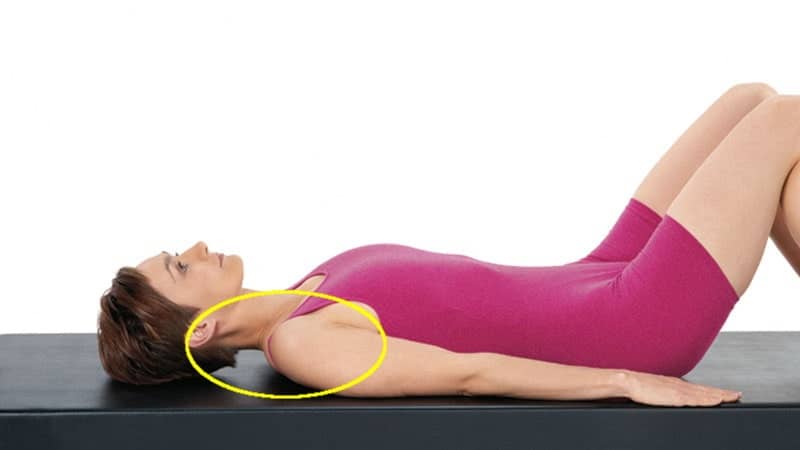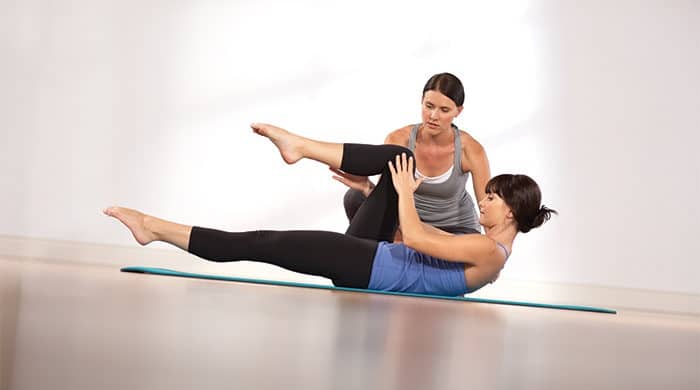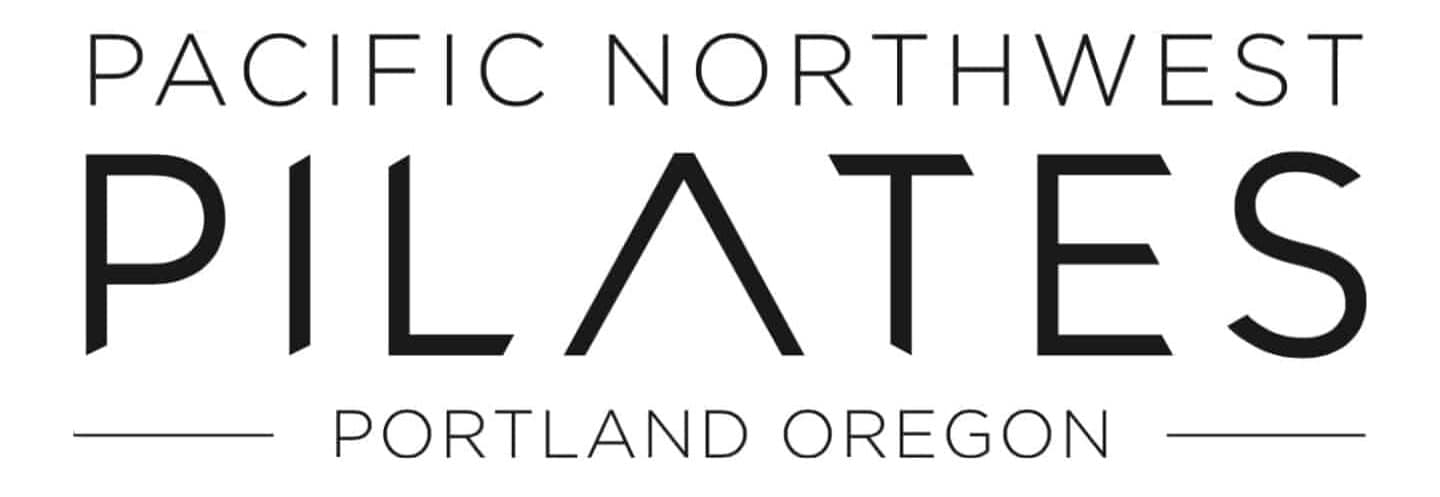It’s true. Many experience satisfaction and results from gym and popular programs while others report injuries. Nevertheless, Pilates can serve those who wish to avoid injury or must regain their strength, flexibility and balance after sustaining an injury.
Here are three more simple declarative sentences that no educated & certified STOTT PILATES instructor will say:
“Always flatten your back.”
Is there spring in your step? That’s why there’s a curve in your back.
Flattening out the curves in your spine diminishes your body’s ability to balance weight, absorb shock and protect the vertebrae and spinal cord, so we only cue clients to flatten (or imprint) their spine when they otherwise don’t have the support to a lumbar curve.
Why attempt to strengthen your abdominal muscles while your spine is in a different position than it is designed for in every other successful movement?
“Put your shoulders down!”

One-stop-cues and corrections do not serve every body.
Have you noticed shoulder pads in your clothes make your shoulders look level? It may be that you are putting your shoulders down too much.
The shoulder, like any joint, works best when it is placed in a centered and balanced position. An educated Pilates instructor will help you find and learn to keep that optimal placement.
“No pain, no gain.”

This is one that makes us wince. In fact, there is a lot to be gained by avoiding pain during exercise. It is important to know the difference in pain and gain.
Pushing through a workout that is challenging in order to get stronger is a positive experience of pain.
Pushing through pain during exercise because of poor joint positioning, inappropriate resistance. or improper muscle recruitment can lead to injury. Your Pilates teacher should help you to learn the difference.
Here are simple tips to help you know when exercise pain is okay:
1.) You can breathe.
2.) You are not straining and using unnecessary muscles (i.e., you are not recruiting your neck to do leg work).
3.) You are exercising in positions that you want to practice (i.e., you are using your arms in good standing and sitting posture).
4.) Muscle soreness lasts for only a couple of days and you do not experience joint pain.
There are distinctive differences in fitness training. Please contact us to discover Pilates!
Pacific NW Pilates is studio, school and fitness family under one roof. Click to learn more about our education courses and workshops, private studio sessions and group classes. Or call for details: (503) 292-4409.

